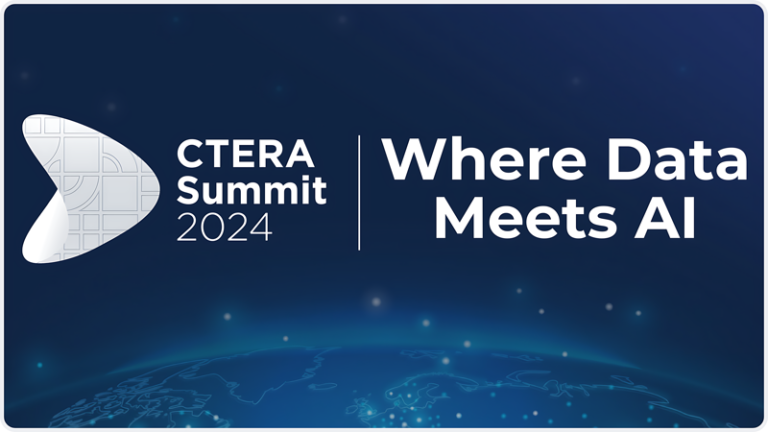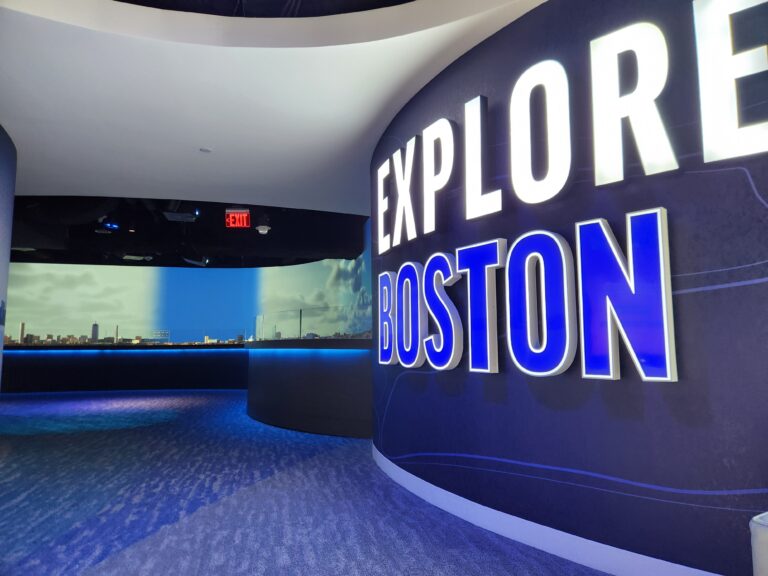HPE and NVIDIA drive AI innovation forward


The collaboration between Hewlett Packard Enterprise (HPE) and NVIDIA is setting a new benchmark in AI innovation. By combining HPE’s hyperconverged infrastructure (HCI) with NVIDIA’s powerful GPUs, they are offering businesses a robust, scalable solution for AI workloads. HPE’s HCI integrates compute, storage, and networking into a single platform, simplifying the infrastructure required to run complex AI operations. This integration is key for companies looking to scale their AI initiatives efficiently. Paired with NVIDIA’s GPU acceleration, organizations can tackle resource-heavy tasks like machine learning and deep learning with far greater speed and efficiency.
For businesses across industries—from finance to healthcare—this partnership means deploying AI at scale is now more accessible than ever before. The fusion of HPE’s infrastructure with NVIDIA’s AI capabilities creates a powerful system that can manage the increasingly large datasets and intensive computational requirements that modern AI demands.
This powerful partnership was front and center at the recent HPE-NVIDIA AI Innovation Day in Boston, where they outlined the next wave of AI-driven technologies. But what truly sets this partnership apart isn’t just the hardware—it’s how their combined solutions are pushing the boundaries of AI innovation for businesses looking to stay competitive in a rapidly evolving landscape.
Key Highlights from AI Innovation Day 2024

Sustainable and Scalable AI: Liquid Cooling and Digital Twins
With the increasing demand for AI capabilities comes the need for sustainable, energy-efficient solutions. One standout feature presented by HPE at the Boston event was liquid cooling, a method that cools AI systems more effectively than traditional air cooling. This approach not only improves energy efficiency but also extends the life of data center hardware, leading to reduced operational costs and a lower environmental impact.
For enterprises running AI workloads, this means reduced power consumption and longer-lasting infrastructure, making their AI investments more sustainable. The ability to manage and optimize cooling for high-performance AI systems aligns with the growing focus on eco-friendly technology solutions.
In addition to sustainable cooling, another AI innovation discussed was the concept of digital twins. A digital twin is a virtual representation of a physical system, asset, or process. Using HPE’s HCI powered by NVIDIA, companies can simulate real-world environments in real-time, gaining insights into system performance and potential improvements. This is a game changer for industries like manufacturing, where digital twins enable predictive maintenance, reducing downtime and operational costs while enhancing productivity.
Extending AI: HPE Private Cloud AI and NVIDIA NIM

Another cornerstone of the HPE-NVIDIA partnership is their focus on enabling AI within private cloud environments. HPE Private Cloud AI, now enhanced by NVIDIA’s Inference Microservices (NIM™), provides businesses with a secure and scalable way to deploy AI workloads.
NVIDIA NIM architecture allows AI operations to be broken down into modular components, making it easier for companies to manage and scale specific AI functions as needed. The microservices approach is particularly valuable for enterprises running real-time AI applications, where flexibility and responsiveness are critical.
By leveraging a private cloud infrastructure, businesses can maintain greater control over their AI data and workloads, while benefiting from the agility and scalability that microservices offer. This makes the HPE-NVIDIA solution especially appealing for industries that handle sensitive data or require strict regulatory compliance, such as healthcare or finance.

Conclusion
The HPE-NVIDIA partnership is paving the way for the next wave of AI innovation, offering businesses scalable, efficient, and secure solutions. Whether through advanced cooling technologies, the use of digital twins, or the extension of AI capabilities through private cloud and microservices, HPE and NVIDIA are driving the future of AI. Their combined expertise is empowering organizations to unlock new levels of efficiency, sustainability, and scalability in their AI endeavors, setting the stage for a more connected and intelligent world.









